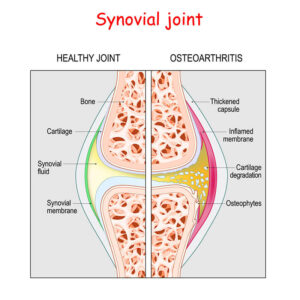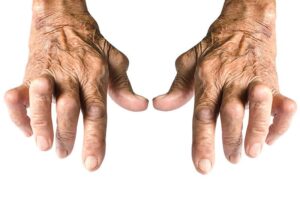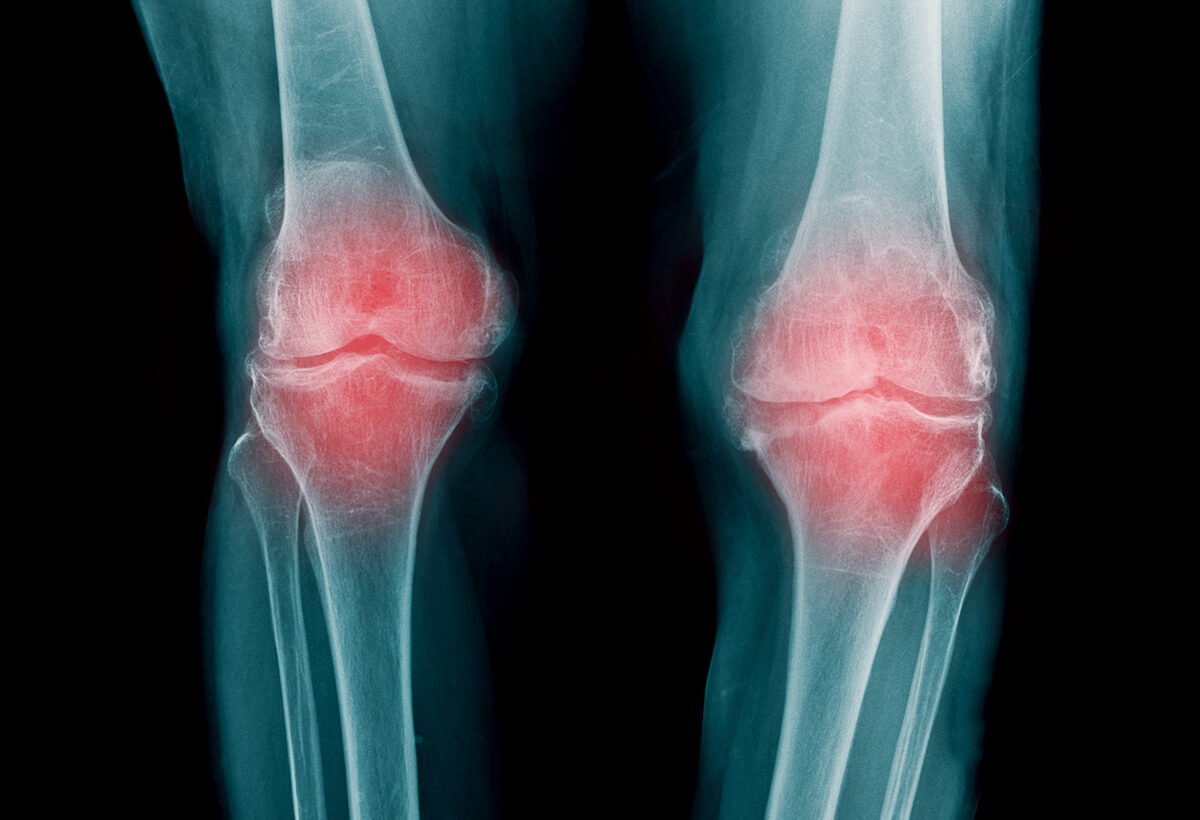Do you suffer from stiffness and pain in the joints? Rheumatoid and Osteoarthritis, while similar in symptoms, are two conditions that may be the cause of joint pain. coMra therapy is an effective tool in treating these painful conditions.
RHEUMATOID ARTHRITIS AND OSTEOARTHRITIS
The two most common forms of arthritis are osteoarthritis and rheumatoid arthritis (autoimmune joint inflammation that often affects the hands and feet). Osteoarthritis (OA) affects more than 3.8% of the population while rheumatoid arthritis (RA) affects about 0.24%. Both types have been successfully treated with photobiomodulation, otherwise known as Low-level Laser Therapy.1
Download the coMra e-book for more information on coMra therapy
OSTEOARTHRITIS

Treatment with coMra therapy can provide significant relief from pain and reduction of inflammation. Studies have noted a reduction of pain and an increase in physical functionality in osteoarthritis of the hands and knees when patients were treated with ultrasound and low-level laser therapy.3,4
Depending on the location of the pain and other symptoms, a variety of coMra therapy protocols may be indicated. Some of these may include:
- Traumatology 7 – Wrists
- Traumatology 8 – Hands and fingers
- Traumatology 9 – Hips
- Traumatology 10 – Knees
- Traumatology 11 – Ankles
- Traumatology 16 – Jaw
An excellent protocol to include is Universal 3 (Blood) – you can read more about this here. Alternatively, you can treat the artery point closest to the painful area for 2 minutes at 5Hz.
Universal 4 (Somatic Biostimulation Routine 1) is also an excellent protocol to incorporate as this supports the overall vitality of your system. Read more about this protocol here.
For more detailed guidance on treating pain please refer to our booklet, Guide to coMra Therapy.
RHEUMATOID ARTHRITIS

coMra therapy has proven very effective in the treatment of many autoimmune conditions and has extensive Autoimmune treatment protocols in the User Guide. These are often used in conjunction with the Universal Treatments such as Universal 3 (Blood) and Universal 5 (Somatic Biostimulation Routine 2).
For chronic and long-term Rheumatoid Arthritis, coMra therapy treatment would consist of Autoimmune 1 (which is also used for Lupus, Lyme Disease and Chronic Fatigue) along with localised treatment of painful or inflamed areas, such as joints. If the Rheumatoid Arthritis is more recent and less severe, localised treatment along with Universal 3 (Blood) is usually sufficient.
1 Mechanisms and applications of the anti-inflammatory effects of photobiomodulation (2017)
2 Arthritis By The Numbers3 Synergic effects of ultrasound and laser on the pain relief in women with hand osteoarthritis
4 Ultrasound plus low-level laser therapy for knee osteoarthritis rehabilitation: a randomized, placebo-controlled trial
5 Arthritis By The Numbers




